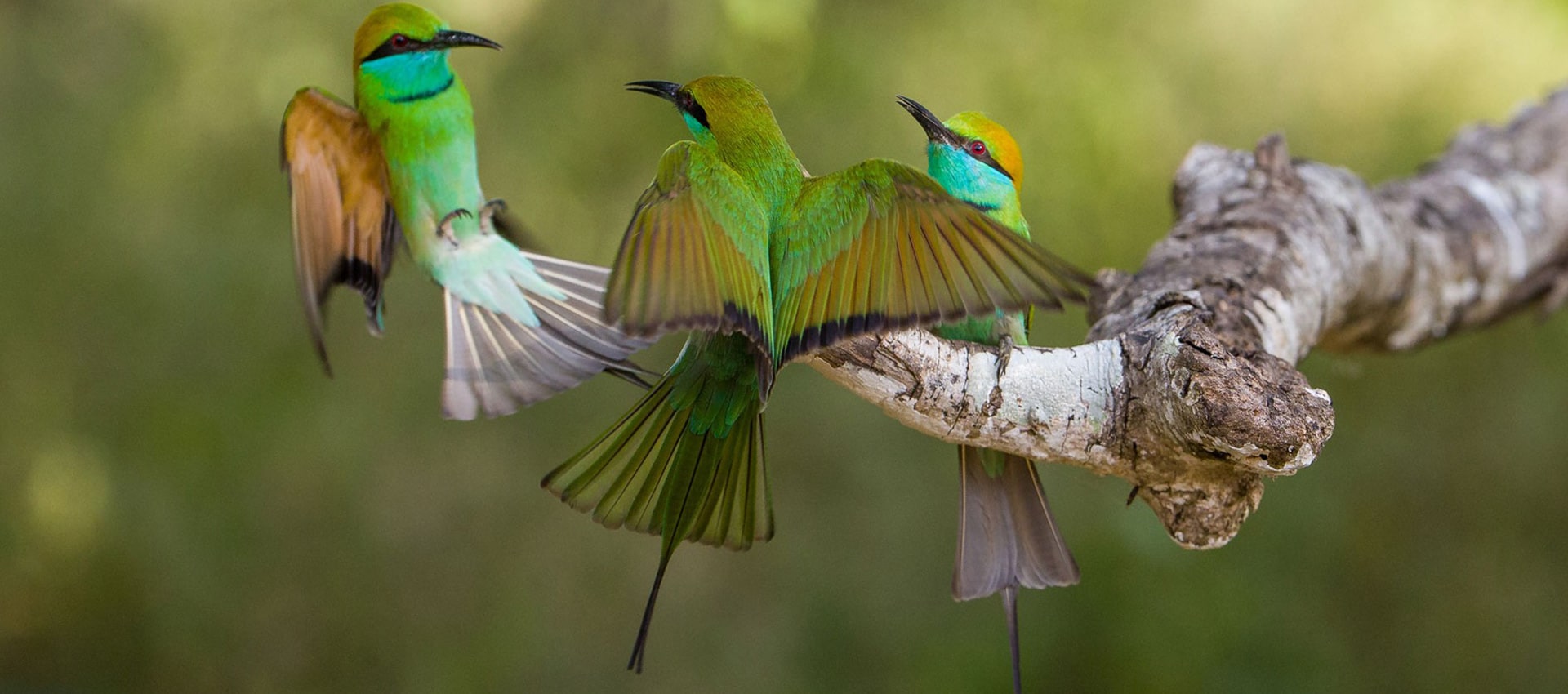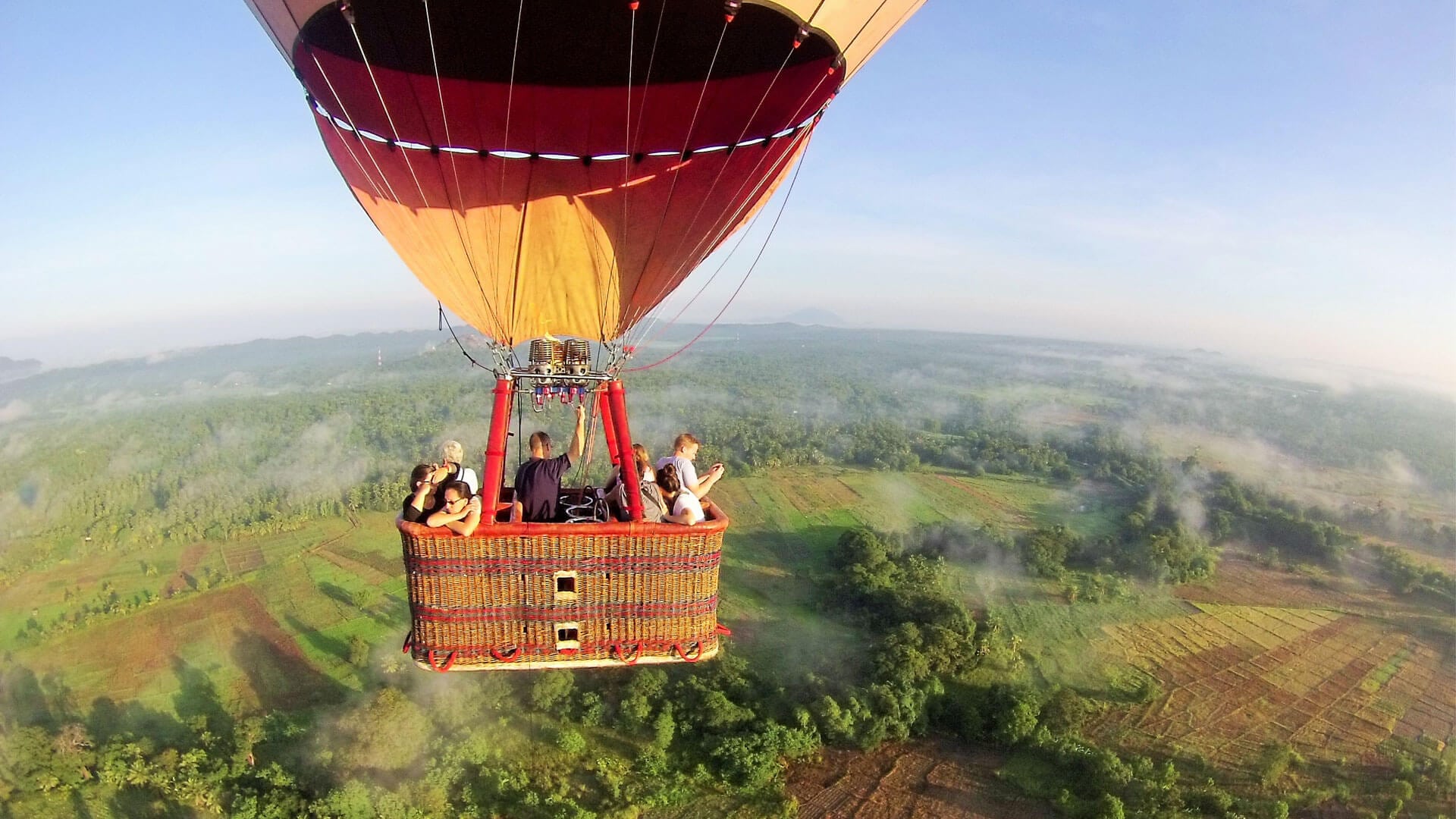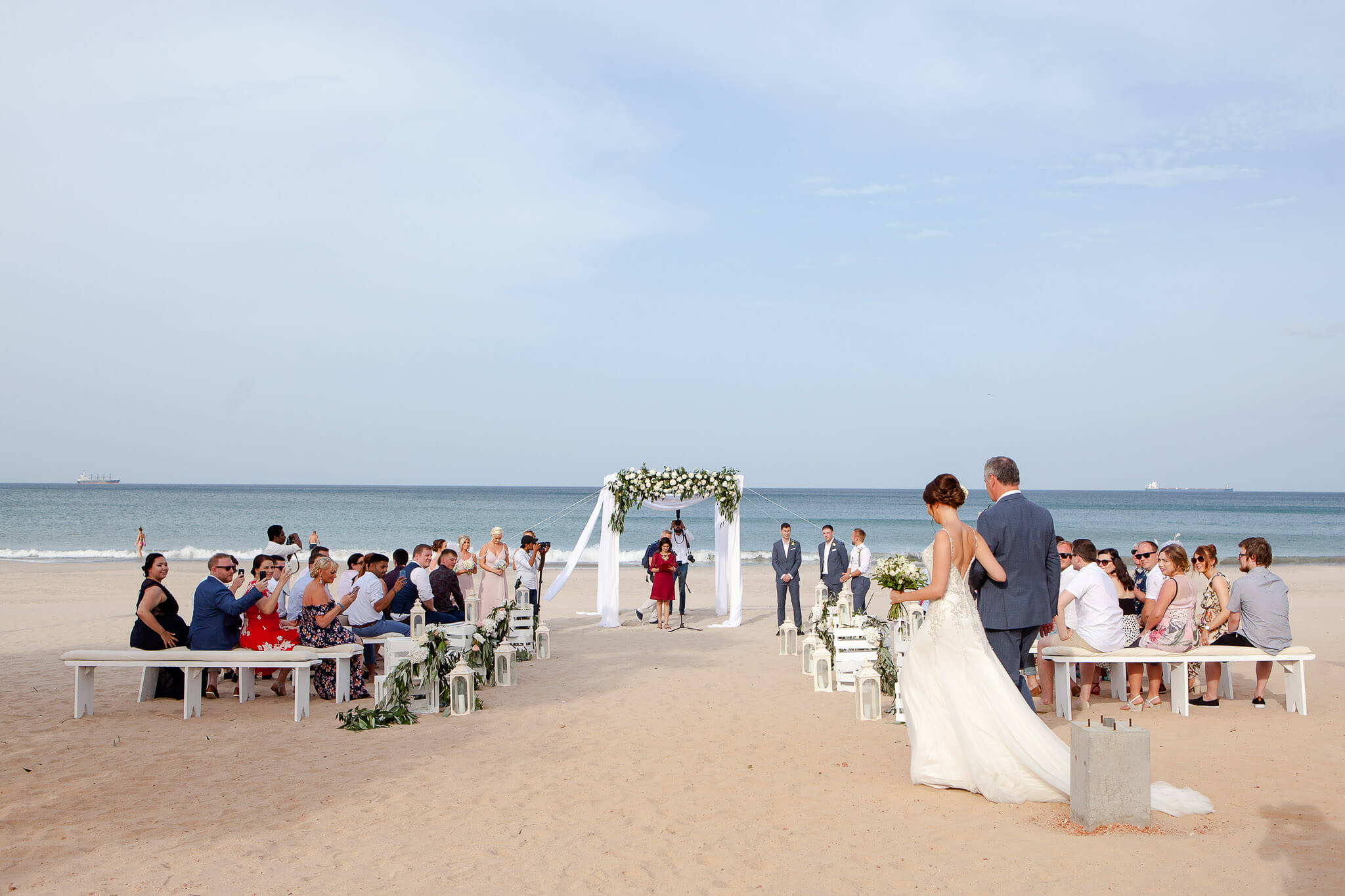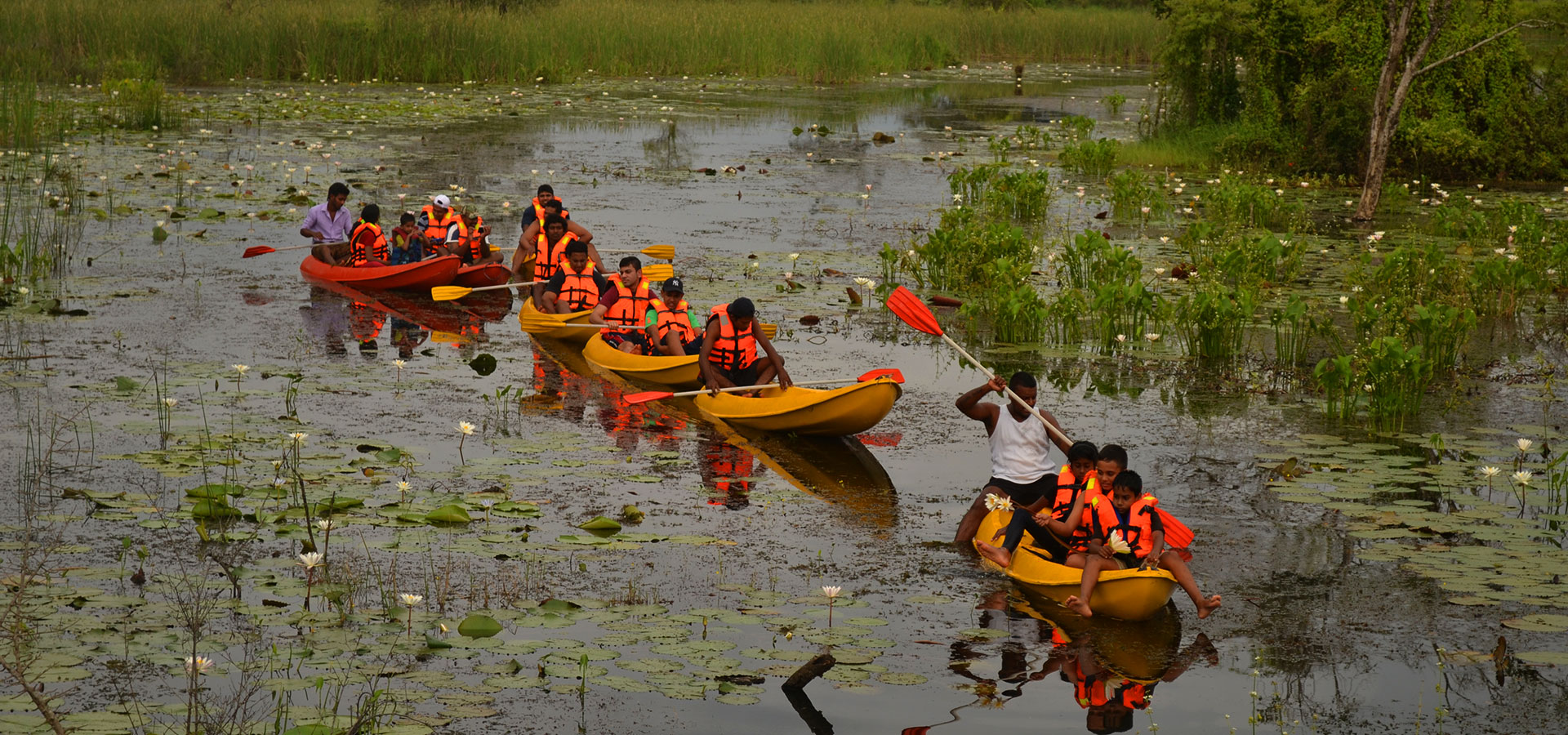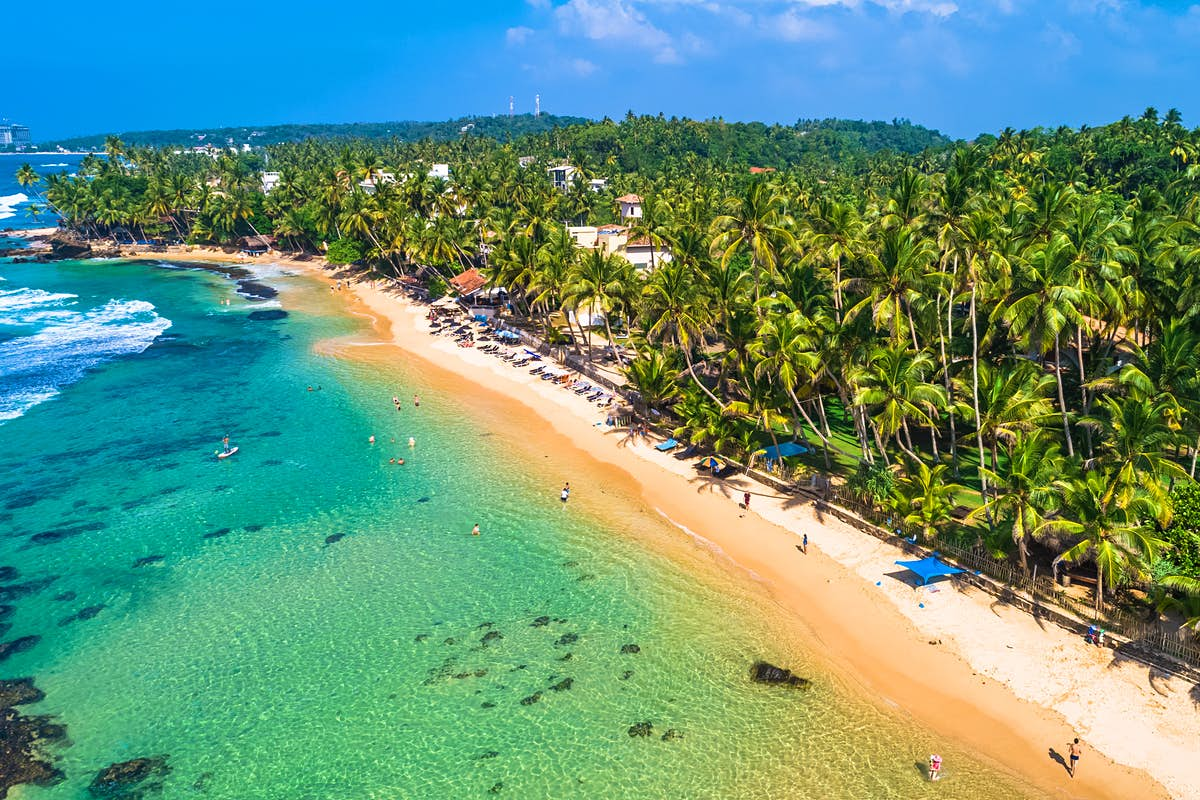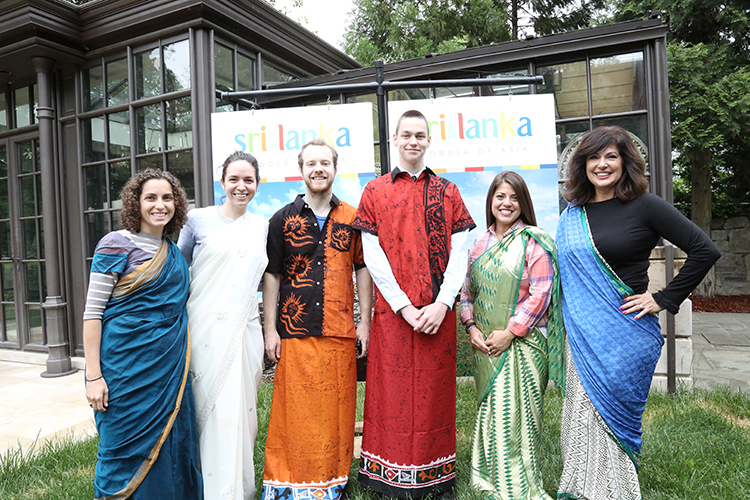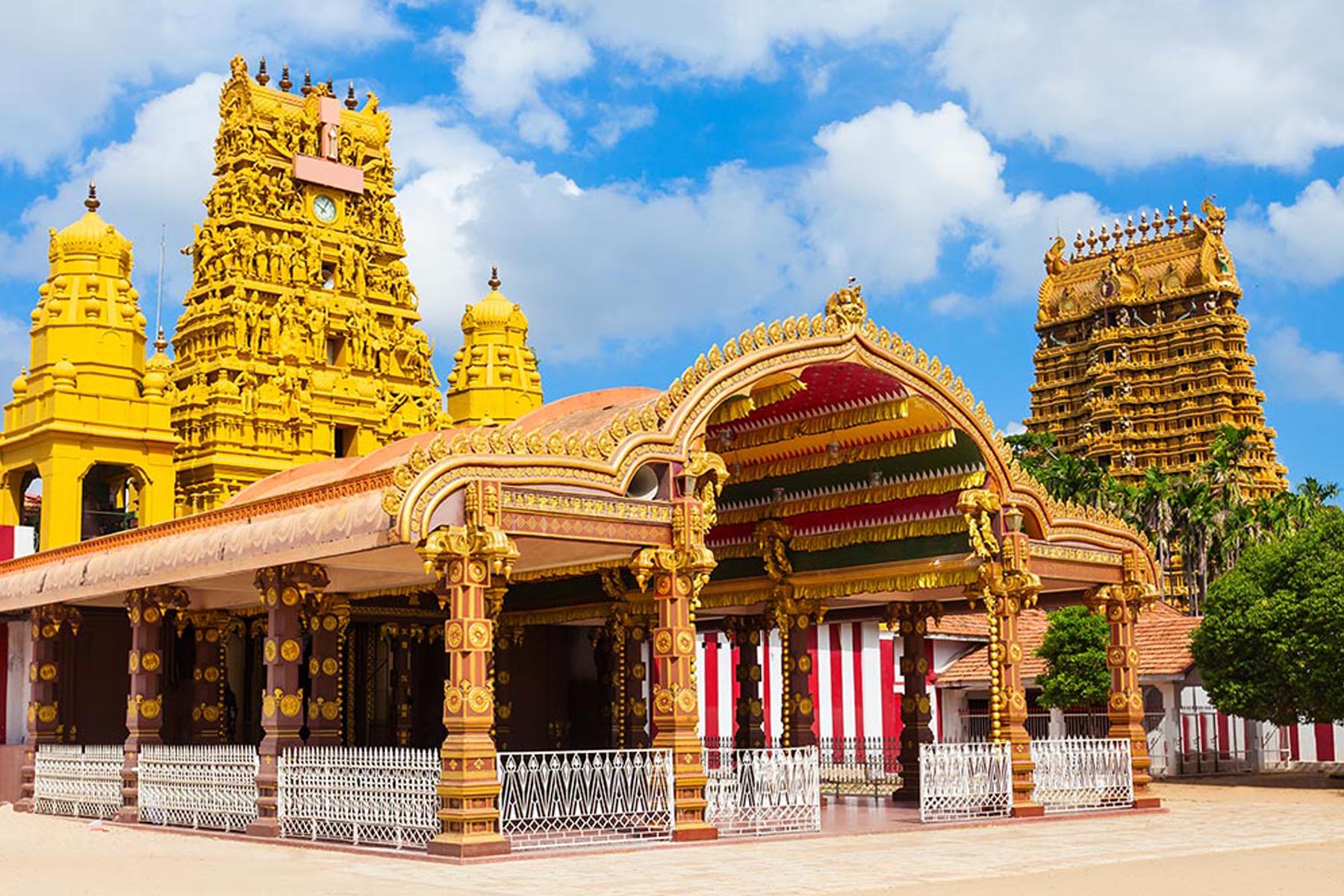Polonnaruwa
The Echoes of an Ancient Kingdom.
Polonnaruwa, the ancient kingdom, is situated in Sri Lanka’s north-central region. One of the nation’s best-planned archaeological relic cities, the old metropolis is still standing today. A lasting reminder of the excellence and discipline displayed by the kingdom’s founding leaders.
Ancient Citadel of Royalty: Polonnaruwa served as the splendid second capital of ancient Sri Lanka, a testament to the grandeur of its kings. Explore the Royal Palace complex, where the remnants of regal chambers and audience halls transport you to an era of opulence and strategic brilliance. It echoes of ancient kingdoms resound through majestic ruins, sacred monuments, and a city frozen in time. This UNESCO World Heritage Site invites you to unravel the tapestry of Sri Lanka’s rich history and architectural marvels.
Historical Significance: Polonnaruwa rose to prominence in the 11th century, becoming the second capital of the island after the destruction of Anuradhapura. This strategic move was initiated by King Vijayabahu I, marking the beginning of Polonnaruwa’s illustrious reign as the political, economic, and cultural hub of the island.
Architectural Marvels: The city’s layout reflects meticulous urban planning, with distinct zones for religious, administrative, and residential purposes. One of the most iconic structures is the Quadrangle, a sacred precinct housing the impressive Vatadage, Gal Potha (Stone Book), and the Rankoth Vehera, a stupa adorned with intricate carvings. Wander through the Archaeological Park, where every step unveils new wonders. Visit the Polonnaruwa Vatadage, an intricately carved relic shrine, and the Rankoth Vehera, a towering stupa that pierces the sky.
The Sacred Quadrangle: Discover the heart of Polonnaruwa’s spiritual heritage in the Sacred Quadrangle. Marvel at the exquisite craftsmanship of the Gal Vihara, where colossal statues of Lord Buddha stand in serene contemplation. The intricately carved Lankatilaka and the divine beauty of the Kiri Vehera complete this spiritual ensemble.
Sacred Relics: The Gal Vihara, a rock-cut temple, is home to four colossal Buddha statues carved into a single granite rock. The serene expressions and intricate detailing showcase the skill of ancient craftsmen. The Lankatilaka and Thuparamaya are additional shrines that bear witness to Polonnaruwa’s religious fervour.
Gal Potha and Nissanka Latha Mandapaya: The Gal Potha, or Stone Book, is a massive inscribed slab that details the accomplishments of King Nissanka Malla. Nearby, the Nissanka Latha Mandapaya, a unique pavilion with intricately carved stone pillars, serves as a testament to the artistic prowess of the era.
Lotus Pond and Beyond: Experience the tranquility of the Lotus Pond, an architectural masterpiece with its concentric tiers resembling a blooming lotus. As you explore further, you will encounter the marvels of the Polonnaruwa Archaeological Museum, where artefacts narrate tales of Polonnaruwa’s glorious past.
Parakramabahu’s Legacy: Under the rule of King Parakramabahu I, Polonnaruwa reached its zenith. The king’s ambitious irrigation projects, such as the Parakrama Samudra, a vast reservoir that still stands today, transformed the region into a flourishing agricultural centre. The massive stone dam and network of canals highlight the advanced hydraulic engineering of the time.Stroll along its serene shores and imagine the ancient splendour reflected in the tranquil waters, surrounded by lush greenery and a symphony of birdlife.
Decline and Abandonment: Polonnaruwa’s decline began in the 13th century, accelerated by invasions and shifting political dynamics. The city was eventually abandoned, succumbing to the encroachment of nature and the passage of time.
Visitor Experience: Today, exploring Polonnaruwa offers a journey through time, with visitors walking amidst the ruins of palaces, temples, and stupas. The Archaeological Museum provides valuable insights into the city’s history, displaying artifacts unearthed from the site.
Cycling Through Time: Embrace the freedom of cycling through the ancient city, where each pedal stroke takes you deeper into the secrets of Polonnaruwa. The cool breeze, the rustle of leaves, and the ancient whispers create a unique journey through time.
Local Encounters: Engage with the friendly locals and witness traditional village life on the outskirts of Polonnaruwa. Discover the authentic warmth of rural hospitality as you interact with farmers, craftsmen, and the vibrant community that calls this ancient land home.
Polonnaruwa by Moonlight: Experience the magic of Polonnaruwa by moonlight during special nocturnal tours. As the moon casts a soft glow on ancient stones, the city’s mystical aura comes to life, offering a unique perspective on its timeless beauty. Your Gateway to Ancient Splendour and Timeless Mystique Polonnaruwa isn’t just a city; it’s a voyage into the heart of Sri Lanka’s cultural legacy. Whether you seek archaeological wonders, spiritual enlightenment, or a serene cycling adventure, Polonnaruwa promises an unforgettable journey into the annals of history.
Preserving the Legacy: The Department of Archaeology in Sri Lanka, along with international collaborations, continues to undertake conservation efforts to safeguard Polonnaruwa’s cultural heritage. These endeavours ensure that future generations can continue to appreciate the splendour of this ancient kingdom.
Conclusion:
Polonnaruwa, with its architectural grandeur and historical significance, stands as a living testament to the brilliance of medieval Sri Lanka. As visitors wander through the ancient city’s remnants, they are not only exploring the past but also witnessing the enduring legacy of a civilization that shaped the course of the island’s history.
Discover Polonnaruwa: Where every stone tells a story of Sri Lanka’s glorious past.
The distance from Colombo is approximately 230 km.





